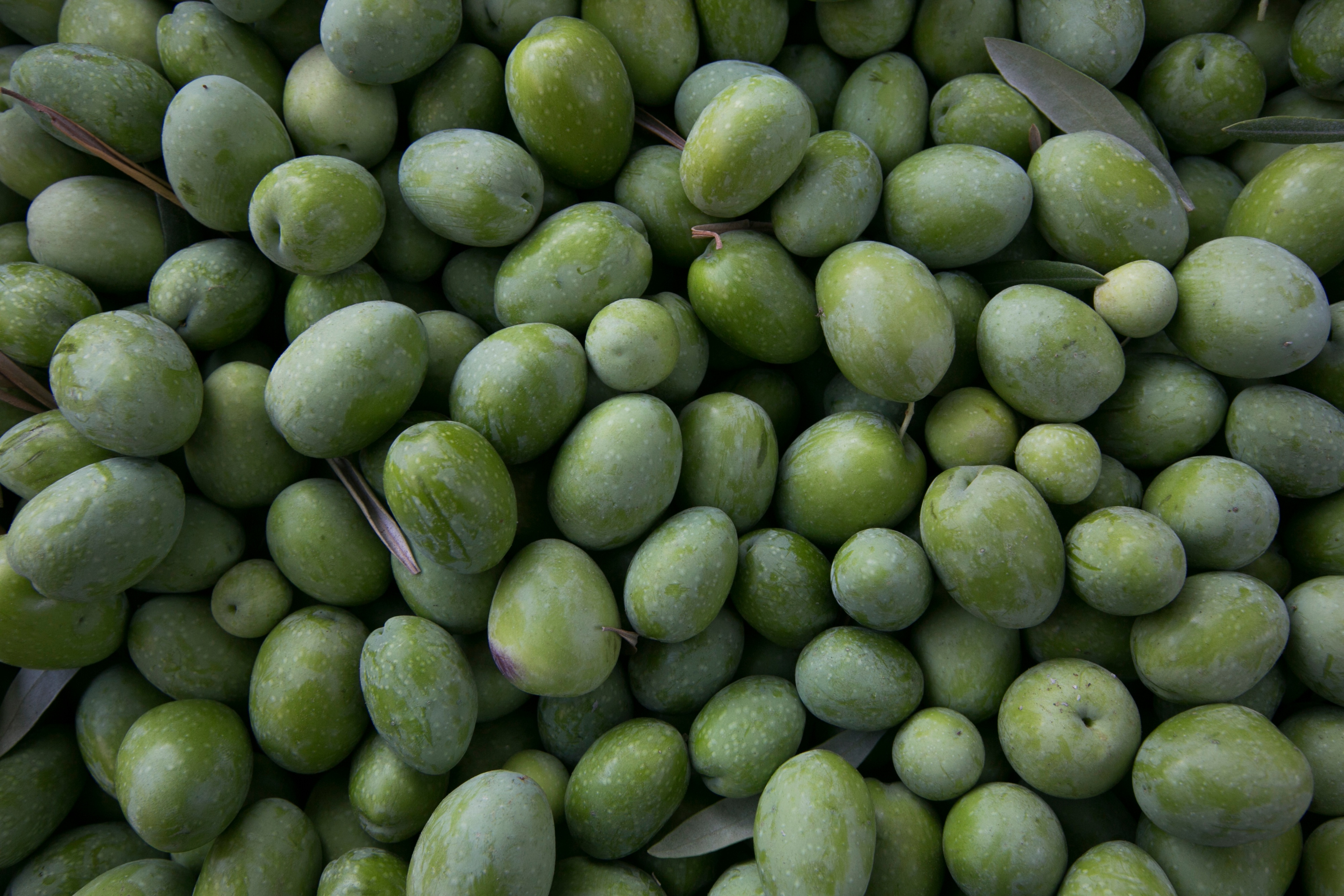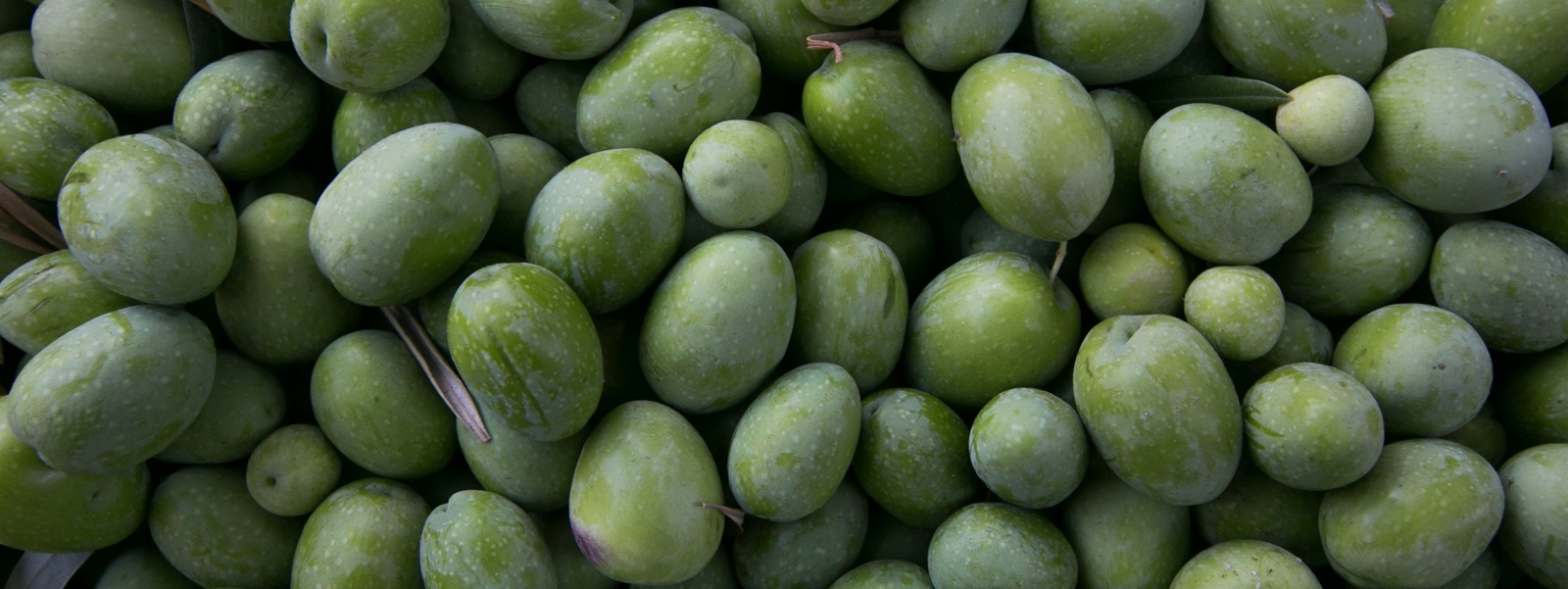U.S. keeps tariffs on Spanish ripe olives after WTO ruling


The U.S. will continue to impose countervailing duties on imports of Spanish ripe olives after it lowered rates of the tariffs to satisfy findings by a World Trade Organization dispute settlement panel.
California table olive growers have applauded the move. For years, they have contended that Spain’s highly subsidized olives are sold into the U.S. at artificially low prices, flooding the U.S. market and undercutting domestic producers.
The U.S. International Trade Commission agreed with them, and in 2018, the Commerce Department began imposing antidumping and countervailing duties as high as 20% and 27%, respectively, on imports of Spanish ripe olives. The European Union challenged the measures by taking the case to the WTO.
In its November 2021 ruling, the WTO dispute panel sided with the U.S. on some points and the EU on others. Though the panel found some of the U.S. measures to be “inconsistent” with certain provisions of WTO regulations, it allowed the U.S. to maintain some countervailing duties on Spanish olives. The panel recommended the U.S. bring its measures in line with WTO tariff and trade rules.
The Commerce Department made changes last month by scaling back rates of the countervailing tariffs on Spanish olives. The new implementation “fully addresses and resolves all WTO concerns,” the Olive Growers Council of California said in a statement.
“We’re really happy to see the (U.S. Trade Representative) and the government decided to continue to uphold these safeguards, which have made a huge impact for the table olive industry in California especially,” said Elizabeth Carranza, the council’s director of trade and technical affairs.
Spain, the world’s top olive producer, maintains that the U.S. measures are unjustified and has called on the Biden administration to remove them. Since imposition of the levies in 2018, Spanish olive exports to the U.S. have dropped by nearly 60%, according to the EU. Prior to the duties, Spain exported nearly 67 million euros worth of olives to the U.S, or about $72 million.
Even with the prior tariffs, Glenn County grower Michael Silveira pointed out that Spain’s olive industry had continued to benefit from EU subsidies and “is still dumping its ripe olives in the U.S. market.”
“If it weren’t for the U.S. government’s ongoing antidumping and countervailing duty orders on Spanish olives, American table olive production and hundreds of family farmers and allied American jobs would be in serious jeopardy,” said Silveira, who serves as chairman of the Olive Growers Council.
Carranza said she does not expect the new U.S. levies will eliminate Spanish olives coming into the U.S. completely, “but it is helping mitigate the issue that existed before the duties and tariffs were in place.”
The “real win,” she said, is that no commodity group, until now, has been able to “effectively pierce the European veil” that has shielded EU farm subsidies from external scrutiny. Being successful in implementing protections for U.S. table olives—still a relatively small industry that’s mainly in California—“is a huge deal,” Carranza added.
But she acknowledged growing table olives remains a challenge for California farmers, whose fruit is still primarily harvested by hand and who face “significant” labor costs.
Bearing acreage for table olives in the state continues to decline, with 2022 acreage at 12,000, according to the U.S. Department of Agriculture. That’s a loss of 800 bearing acres since 2021. Acreage stood at 25,000 about 10 years ago and 40,000 in the 1980s.
Carranza said the U.S. trade actions have given California growers “hope that it would be worth it to pursue a future in the table olive industry.”
She noted some growers have transitioned their orchards to high-density plantings that allow for mechanical harvesting, which the industry has been pushing during the past few years as production costs continue to soar. But it will take several years for the new trees to begin producing fruit, she added.
“Like any commodity, it’s not something that’s going to happen overnight,” Carranza said.
Meanwhile, growers continue to fund research on ways to harvest traditional olive orchards mechanically, such as through pruning techniques and different equipment. So far, there hasn’t been “an end-all-be-all solution for that,” Carranza noted.
(Ching Lee is an assistant editor of Ag Alert. She may be contacted at clee@cfbf.com.)




